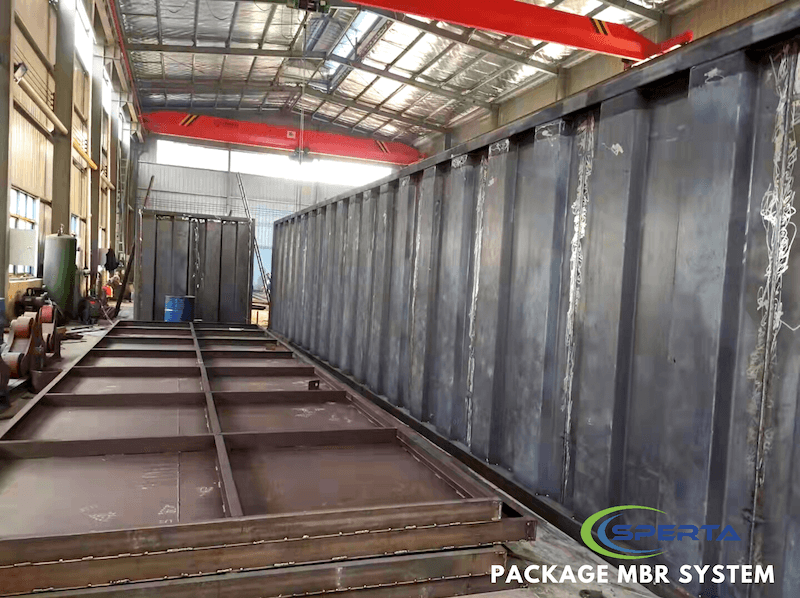Corrosion is a complex phenomenon influenced by multiple factors, including the specific chemical environment, temperature, concentration, presence of impurities, and the material’s composition. While carbon steel is generally susceptible to corrosion in many aggressive chemical environments, it’s important to note that there are scenarios where it may offer better resistance than certain non-metal materials. However, the suitability of carbon steel as a corrosion-resistant material is often limited and specific to certain conditions.
What Chemical is Harmful to Non-metal Materials but Can be Resisted by Carbon Steel?
Here’s an example where a chemical may be corrosive to certain non-metal bodies but might be resisted by carbon steel:
Chemical: Sodium Hydroxide (Caustic Soda)
Sodium hydroxide is a highly alkaline chemical often used in industrial processes, including wastewater treatment. It is corrosive to many metals and can significantly deteriorate over time. However, carbon steel can offer reasonable resistance to sodium hydroxide under certain conditions, particularly when used in diluted solutions and at moderate temperatures.

Why Carbon Steel Can Withstand Sodium Hydroxide Corrosion?
Passivation: Carbon steel can form a passive iron oxide layer (rust) on its surface when exposed to oxygen, which can act as a protective barrier against further corrosion. In the case of sodium hydroxide, carbon steel may develop a stable iron oxide layer that helps resist the chemical’s corrosive effects.
Alkaline Conditions: Sodium hydroxide is highly alkaline, and carbon steel can often withstand exposure to alkaline solutions without rapid deterioration. The passive oxide layer provides a level of protection.
Temperature and Concentration: Lower concentrations of sodium hydroxide and moderate temperatures can further reduce the corrosive impact on carbon steel, allowing it to maintain its integrity over a longer period compared to some non-metal materials.

It’s important to emphasize that the corrosion resistance of carbon steel to sodium hydroxide is not universal and depends on factors like concentration, temperature, exposure time, and other chemicals or impurities. In more aggressive conditions, carbon steel may still experience corrosion and degradation. Additionally, other non-metal materials, such as certain plastics or polymers, may offer better corrosion resistance to sodium hydroxide under a wider range of conditions.
When selecting materials for specific applications, it’s crucial to conduct thorough corrosion testing, consider the chemical environment, and consult with materials experts to ensure the chosen material offers adequate corrosion resistance.








